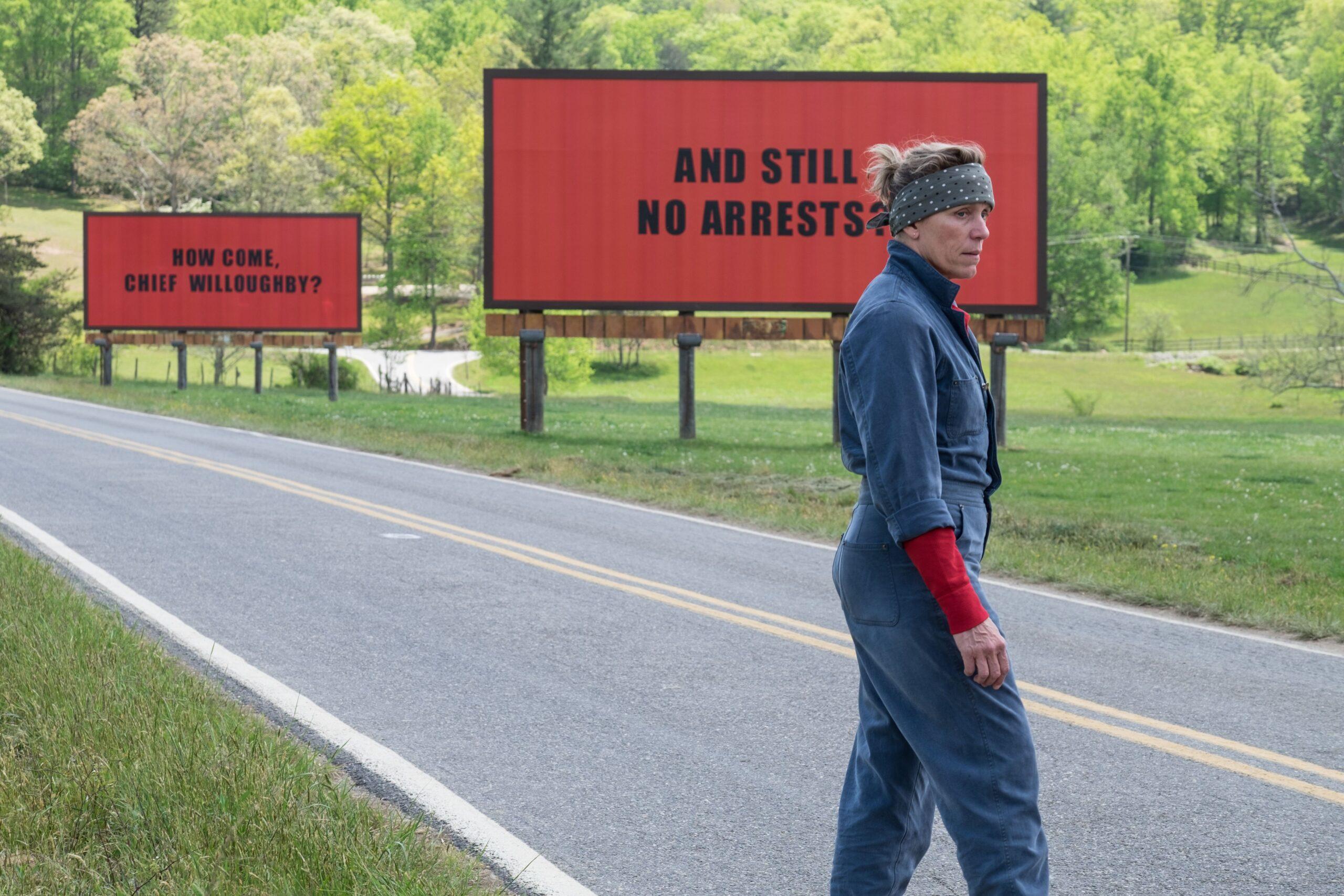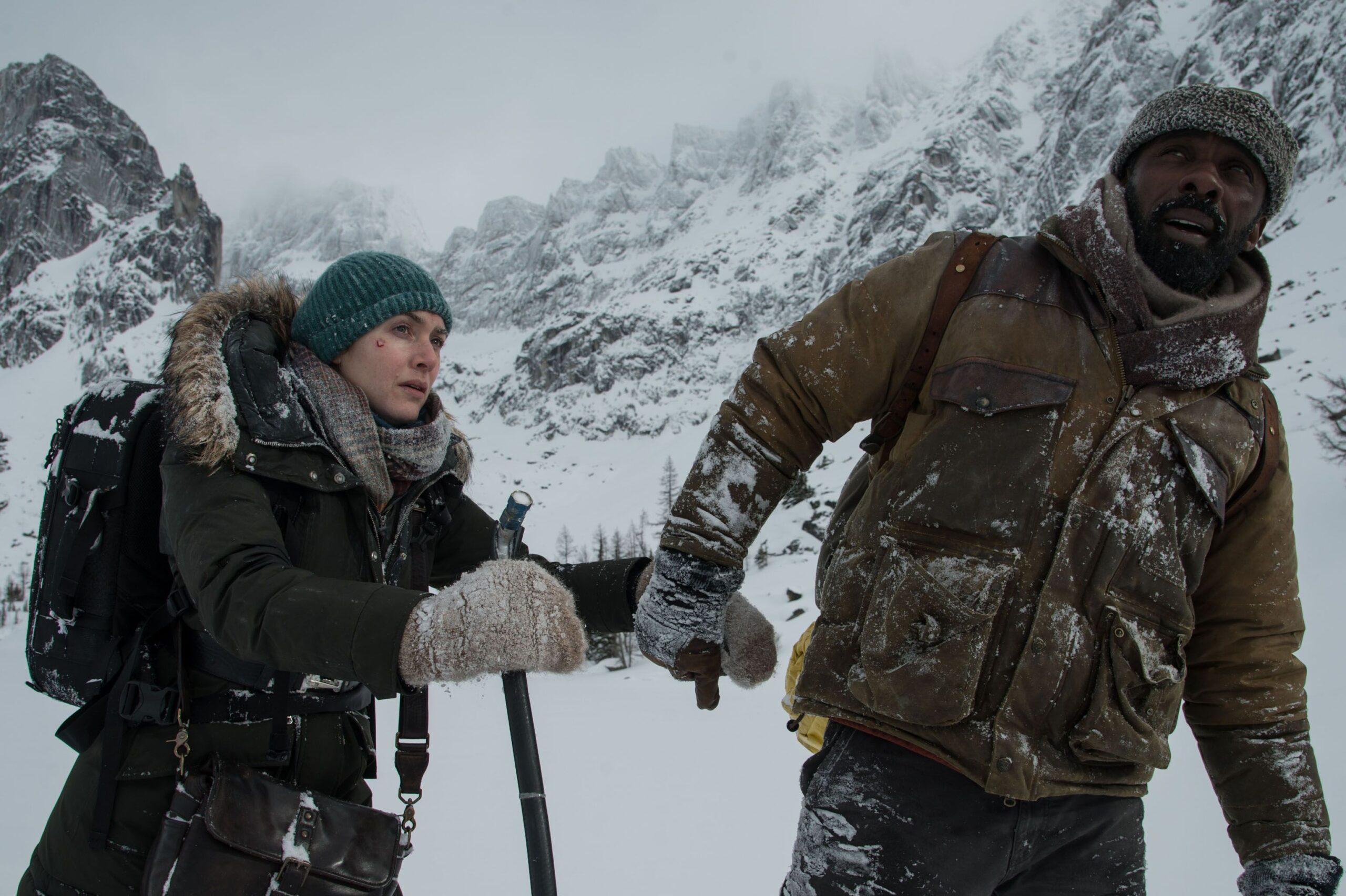The 2017 edition of the Toronto International Film Festival had a bit of a rough landing, as North America’s largest and most prestigious film festival found itself on the wrong end of some bruising press in its final weekend: a long-form, deep-sourced report in The Globe and Mail alleging institutional struggles and a lack of organizational vision, and a more withering critique in Variety moaning the lack of big acquisitions or Oscar front-runners at an event that has in recent years seemed content to define itself by them.
Criticisms of TIFF are nothing new: Last year Variety said the festival was “too big,” meaning that next year it may decide, like Goldilocks, that things are just right. The tendency to drag TIFF has gotten more prevalent since the construction in 2010 of the TIFF Bell Lightbox, a gleaming, streamlined monument to cinema and commerce (with condos piled atop a multiplex) whose mighty dimensions and primo downtown location make it an emblem of would-be upwardly mobility. (I still remember watching Ben Wheatley’s savage, vertically integrated satire High-Rise in 2015 in a Lightbox screening room and thinking that it felt like a documentary.) TIFF’s hefty dimensions (both in terms of real estate and the sheer number of films it shows), flashy corporate sponsorship, and typically slick self-presentation make it a fairly easy target, which isn’t to say that there isn’t anything to the accusations of quantity over quality that have dogged its programming, or the sense—among some of the long-time attendees that I spoke to over the last 10 days—that the most excitable and enjoyable viewing experiences on offer are different from the ones being pushed from the top down.
Case in point: I would have bet a lot of Canadian dollars on the festival’s Grolsch People’s Choice Award—a fairly reliable 21st-century Oscar bellwether previously bestowed on Slumdog Millionaire, The King’s Speech, and 12 Years a Slave—going to The Shape of Water, which arrived in Toronto after winning the Golden Lion in Venice and was flagged by the festival’s spokespeople and social media team (and, accordingly, by local press) as the hottest ticket in town.
But from where I was sitting—i.e. in the middle of a row of jaded writers watching a repeat screening midway through the festival—the response to Guillermo del Toro’s green-hued, ’60s-set fantasia was tepid. The film stars Sally Hawkins as Elisa, a mute janitor working in a secret government facility circa 1962, in the thick of the Cold War and the space race. Her employers aren’t developing rockets or nuclear weapons, however: Instead, they’ve captured a strange, aquatic humanoid creature whose physiognomy can potentially be exploited against the Soviets as a weapon. Recognizing a quiet, kindred spirit, Elisa bonds with the captive and starts making plans to free him, roping in her coworker (Octavia Spencer) and her friend (Richard Jenkins) to engineer a thoroughly unprofessional jailbreak.
Del Toro is often described as a supremely “imaginative” filmmaker, but to my (rolling, occasionally glazed-over) eyes, the major problem with The Shape of Water is that it hasn’t been thought through: Its evocation of post–Norman Rockwell America feels artificial and underpopulated. And the lazy predictability of the storytelling—what a generous viewer might cite as del Toro’s play with “archetypes,” except to me they look like clichés—doesn’t help with a sense of enchantment. I don’t know what it says that 1954’s Creature From the Black Lagoon—the vintage monster film that Del Toro is riffing on here—not only has a more authentic sense of B-movie grandeur, but also a more mysterious and personable amphibian antihero. Hawkins is a brilliant actress, but her weirdly bland CGI costar doesn’t give her much to react to: Their mutual attraction feels lackluster.
As for Michael Shannon’s dingus-swinging government security honcho, he’s very much in Del Toro’s tradition of authoritarian villains (like the pro-Franco nasty in Pan’s Labyrinth), as well as in Shannon’s tradition of frayed, electric live wires, and is probably the best thing in the movie even as he emblematizes its essential and embarrassing lack of subtlety. (Would you believe that the real monster here is … human?) Elisa and her friends represent a band of outsiders (a mute woman, an African American woman, and a gay man) arrayed against the faceless, heartless exploitation of the military-industrial complex; instead of challenging or surprising his audience (even the ostensibly “shocking” gore effects come right on schedule), Del Toro is content to flatter them, submerging his fable under a torrent of sentimentality. If The Shape of Water doesn’t end up being an Oscar front-runner, it won’t be for lack of trying.

Where The Shape of Water gives viewers exactly what they want under the pretense of transgression, Martin McDonagh’s Three Billboards Outside Ebbing, Missouri adopts the vague form of an awards-season crowd-pleaser to put across more bitter and wounding truths. (Amazingly, it ended up as the People’s Choice winner.) Like Harold Pinter or David Mamet—two playwrights to whom he is oft-compared—McDonagh writes stylized, heightened dialogue that keeps his stories somewhere just to the side of everyday reality; he grants his characters the eloquence we wish for in our own lives, even—and especially—when they’re too angry for words. The most furious member of the Three Billboards ensemble is Frances McDormand as Mildred, a flinty gift-store owner in a pitched battle with the local police department over the unsolved murder of her teenage daughter, whose death occurred under horrific circumstances that lead her neighbors to speak of it in hushed tones. Mildred’s response to the whispers is to go in the other direction entirely, erecting a series of billboards on a back road outside her home that call out the cops and their inaction on a massive scale: The text is black on red, but its effect is that of a scarlet letter.
The buzz on Three Billboards is that it’s the best role for McDormand since Fargo, and there is an uncanny, unsettling continuity between her two characters: the serene, expectant mother and crack-shot chief of police she played for the Coens has morphed into a broken, grieving woman with a fundamental distrust of the boys in blue (a resentment that, in turn, drags a certain amount of present-tense, bigger-picture subtext into what is, no less than The Shape of Water, a kind of American fable). As great as McDormand is, though, Three Billboards belongs to Woody Harrelson as the sheriff who serves, gamely and with a nice mixture of tetchiness and dignity, as both Mildred’s foil and as the moral counterweight to her unchecked quest for revenge. Harrelson’s priceless, seriocomic line readings are evidence of a well-honed, professional skill, but there’s something more to his work here—the feeling of a fully mature performance by an actor who’s quietly aged into gravitas. Without going too far again with the Coen brothers comparisons, Harrelson’s work in Three Billboards brings him closer to Tommy Lee Jones’s indelible turn in No Country for Old Men than his own comic-relief shtick in the same film. He’s brilliant.
Not every would-be showcase performance at TIFF worked as well as the ones in Three Billboards, of course. Matt Damon went 0-2 with Alexander Payne’s ambitious but ridiculous social allegory Downsizing—which begins as a Swiftian modest proposal about shrinking humanity’s thumbprint on the planet and ends up as a strained civics lesson—and George Clooney’s Coen brothers–scripted Suburbicon (a black comedy that never locates a tone). And I had to bail 40 minutes into Molly’s Game, the directorial debut of Aaron Sorkin, which casts Jessica Chastain as the real-life Los Angeles card-game wrangler Molly Bloom and proceeds to simultaneously remake Rounders, Goodfellas, and The Social Network, but without those films’ respective grit, grandeur, and technical virtuosity. (Suffice it to say that David Fincher is better at framing a shot than Aaron Sorkin is.) I can’t accurately review the film based on watching its first act, but the fact that I left at all after standing in line for 20 minutes must mean something (other than that I was hungry). However, I did stay long enough to see Chastain’s first big, super-Sorkiny scene with Idris Elba as the handsome, principled lawyer whom she wants to defend her against criminal charges, and it was the smug, staccato rhythm of their back-and-forth that drove me from the theater.

A couple of days later, I made it all the way through Elba’s other high-profile TIFF title, Hany Abu-Assad’s The Mountain Between Us, and I’m glad I did. Not because the film is any good—it’s quite atrocious, in fact—but because the camp value of watching Elba and Kate Winslet play strangers stranded in the frozen wilds of Colorado and developing squishy feelings while battling gangrene and mountain lions is off the charts. In the midst of so many tougher, more pulverizing movies—like the Vince Vaughn–plus-body-count-thriller Brawl in Cell Block 99 and Joseph Kahn’s audacious Bodied, which quite rightly won the People’s Choice award in the Midnight Madness section—a lump of such earnest prestige crap went down nice and easy.
One final film I saw at TIFF that warrants mention, both in terms of its awards-season prospects (which are modest but real) and its quality (which, same) is Greta Gerwig’s solo directorial debut, Lady Bird, starring Saoirse Ronan as a flighty Catholic high school senior desperate to flee Sacramento for a liberal arts college on the East Coast. In interviews, Gerwig has routinely described the story (which is set in 2002) as semi-autobiographical, and that may be true, but one of the things that’s so likable about Lady Bird is how generously its writer-director cedes things to her cast—not only to Ronan, who’s note-perfect in a part that recalls Molly Ringwald’s essentially sympathetic but still unsettlingly status-obsessed heroines in Sixteen Candles and Pretty in Pink, but also to Laurie Metcalf as her devoted but hypercritical mother, and to Lucas Hedges (who also shows up in Three Billboards) as her sort-of boyfriend. Gerwig’s direction is self-effacing in a way that’s more impressive than the camera gymnastics that go into a lot of debuts, and, whenever the jokes in the script start to lag, there’s a wonderfully chosen, period-specific musical cue to fill the void, including a slow-dance to Bone Thugs-N-Harmony and a deployment of Dave Matthews Band’s “Crash Into Me” that almost (but not quite) redeems the song once and for all (see also: filmmaker Kentucker Audley’s mighty DMB–Garden State mash-up video). At this point, Gerwig is far too visible for Ladybird to count as any kind of “discovery,” and yet, of all the movies leaving Toronto with momentum, it’s the one whose moments of spontaneity feel the least engineered—like they’ve been pulled by the filmmaker out of thin air.